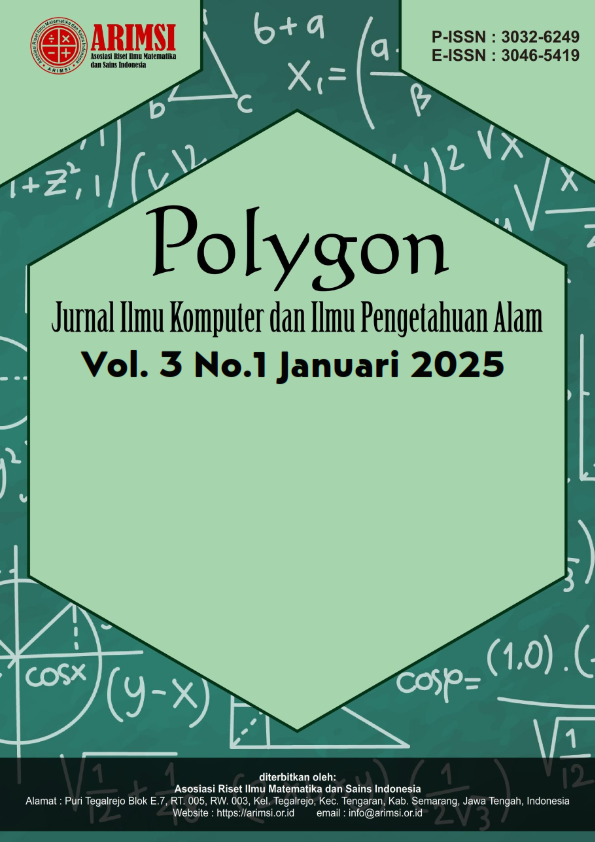EEG Analysis of Emotional Responses to Classical Piano Music : Comparing Professional Pianists and Non-Musicians
DOI:
https://doi.org/10.62383/polygon.v3i1.416Keywords:
Classical Piano, EEG, Emotional Responses, MusicAbstract
This study aimed to explore the impact of classical piano music on emotional responses among professional pianists compared to non-professionals. The piano, known for its extensive pitch range and dynamic versatility, serves as a pivotal instrument in both classical and popular music. Previous research has examined how music influences individual’s styles and behaviors. In our investigation, we analyzed electroencephalogram (EEG) signals to assess emotional responses in both groups, employing coherence measures. Listening tests were conducted to evaluate the effects of pitch and dynamics on emotional characteristics. Findings revealed that all ten emotional categories were significantly influenced by variations in pitch and dynamics. Specifically, emotions such as Happy, Romantic, Comic, Calm, Mysterious, and Shy generally increased with pitch, though a decline was observed at the highest pitches. Conversely, Heroic, Angry, and Sad emotions tended to decrease with rising pitch levels, while Scary emotions were pronounced at extreme low and high pitches. Regarding dynamics, emotions like Heroic, Comic, Angry, and Scary were more intense with loud notes, whereas Romantic, Calm, Mysterious, Shy, and Sad emotions were enhanced with softer notes. Notably, the emotion Happy showed no sensitivity to dynamic changes. These results provide valuable insights into the quantification of emotional characteristics associated with piano music.
Downloads
References
Agarwal, R., Andujar, M., & Canavan, S. (2022). Classification of emotions using EEG activity associated with different areas of the brain. Pattern Recognition Letters, 162, 71-80.
Bianco, R., Novembre, G., Ringer, H., Kohler, N., Keller, P. E., Villringer, A., & Sammler, D. (2021). Lateral prefrontal cortex is a hub for music production from structural rules to movements. Cerebral Cortex. https://doi.org/10.1093/cercor/bhz195
Pousson, J. E., Voicikas, A., Bernhofs, V., Pipinis, E., Burmistrova, L., Lin, Y. P., & Griškova-Bulanova, I. (2021). Spectral characteristics of EEG during active emotional musical performance. Sensors, 21(22), 7466. https://doi.org/10.3390/s21227466
Zhang, J., & Chen, P. (2020). Selection of optimal EEG electrodes for human emotion recognition. IFAC-PapersOnLine, 53(2), 10229-10235. https://doi.org/10.1016/j.ifacol.2020.12.1346
Liu, Y., Tang, Q., Zhao, X., Lu, H., Yuan, G., Wang, G., & Liu, G. (2020). Neural activation of different music styles during emotion-evoking. Psychology of Music, 49, 1546–1560. https://doi.org/10.1177/0305735619884676
Turchet, L., & Pauwels, J. (2022). Music emotion recognition: Intention of composers-performers versus perception of musicians, non-musicians, and listening machines. IEEE/ACM Transactions on Audio, Speech, and Language Processing, 30, 305–316. https://doi.org/10.1109/TASLP.2021.3076779
Mahmood, D., Nisar, H., Yap, V. V., & Tsai, C. Y. (2022). The effect of music listening on EEG functional connectivity of brain: A short-duration and long-duration study. Mathematics, 10(3), 349. https://doi.org/10.3390/math10030349
Nawaz, R., Cheah, K. H., Nisar, H., & Yap, V. V. (2020). Comparison of different feature extraction methods for EEG-based emotion recognition. IEEE Access, 8, 133177–133189. https://doi.org/10.1109/ACCESS.2020.3017852
Pousson, J. E., Voicikas, A., Bernhofs, V., Pipinis, E., Burmistrova, L., Lin, Y. P., & Griškova-Bulanova, I. (2021). Spectral characteristics of EEG during active emotional musical performance. Sensors, 21(22), 7466. https://doi.org/10.3390/s21227466
Panda, R., Malheiro, R. M., & Paiva, R. P. (2023). Audio features for music emotion recognition: A survey. IEEE Transactions on Affective Computing, 14(1), 68–88. https://doi.org/10.1109/TAFFC.2022.3160843
Tafreshi, T. F., Daliri, M. R., & Ghodousi, M. (2019). Functional and effective connectivity-based features of EEG signals for object recognition. Cognitive Neurodynamics, 13, 555–566. https://doi.org/10.1007/s11571-019-09509-9
Hsu, Y. L., Wang, J. S., Chiang, W. C., & Hung, C. H. (2020). Automatic ECG-based emotion recognition in music listening. IEEE Transactions on Affective Computing, 11(1), 85–99. https://doi.org/10.1109/TAFFC.2019.2912022
Downloads
Published
How to Cite
Issue
Section
License
Copyright (c) 2025 Polygon : Jurnal Ilmu Komputer dan Ilmu Pengetahuan Alam

This work is licensed under a Creative Commons Attribution-ShareAlike 4.0 International License.





